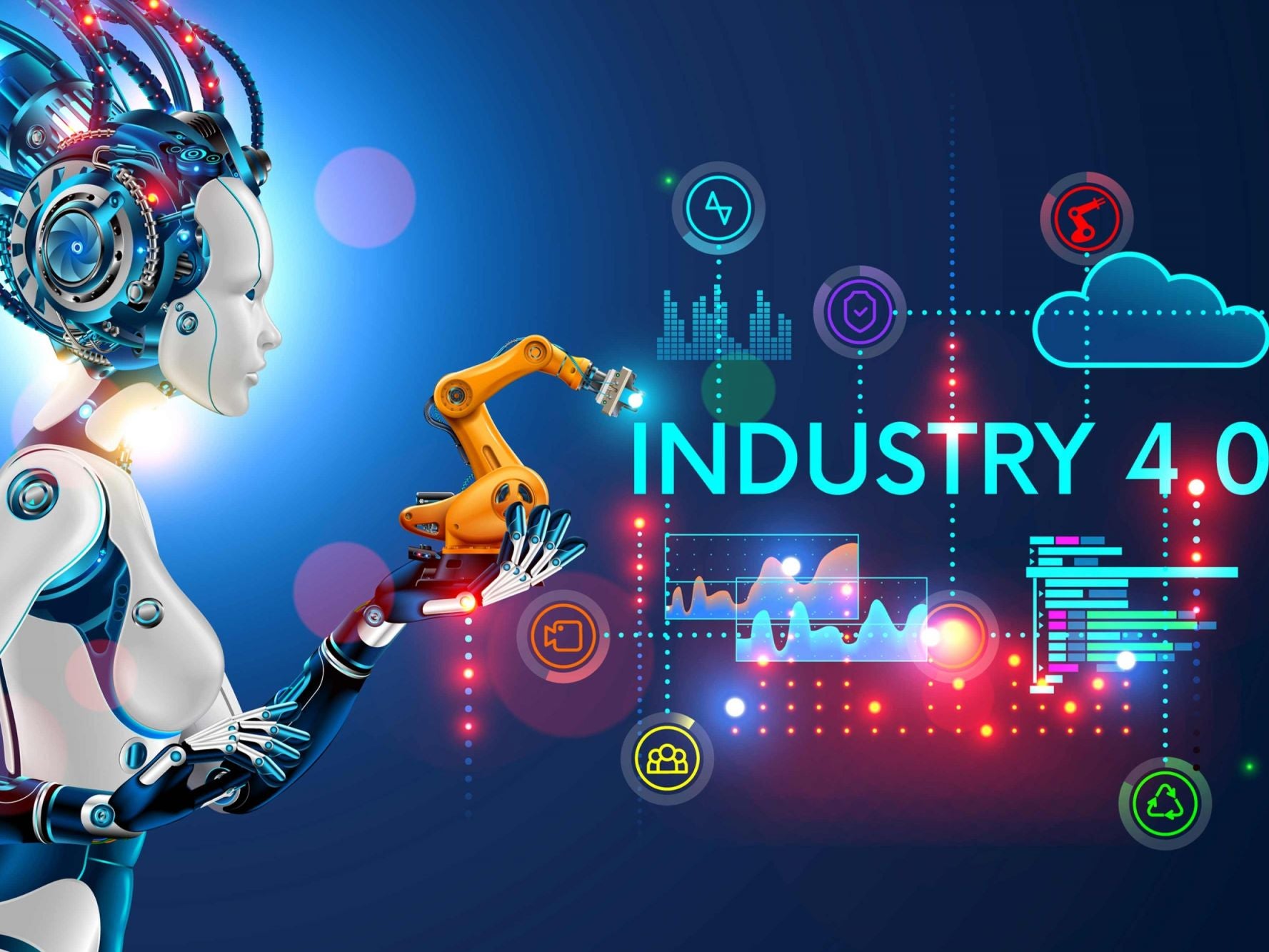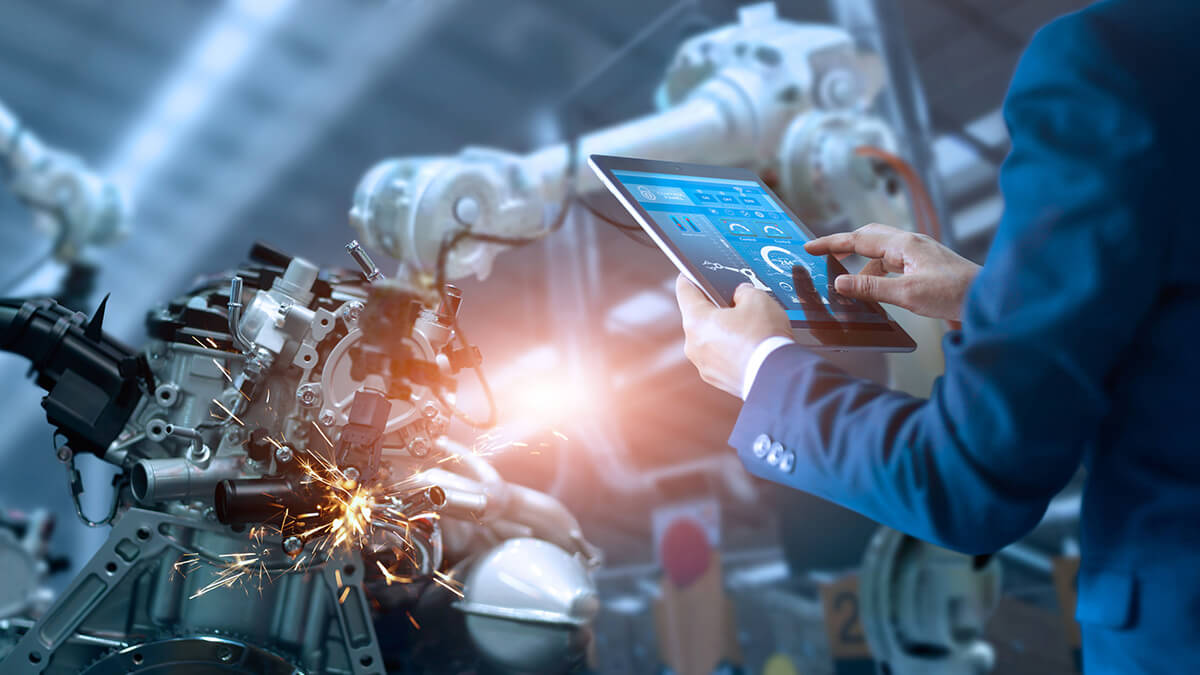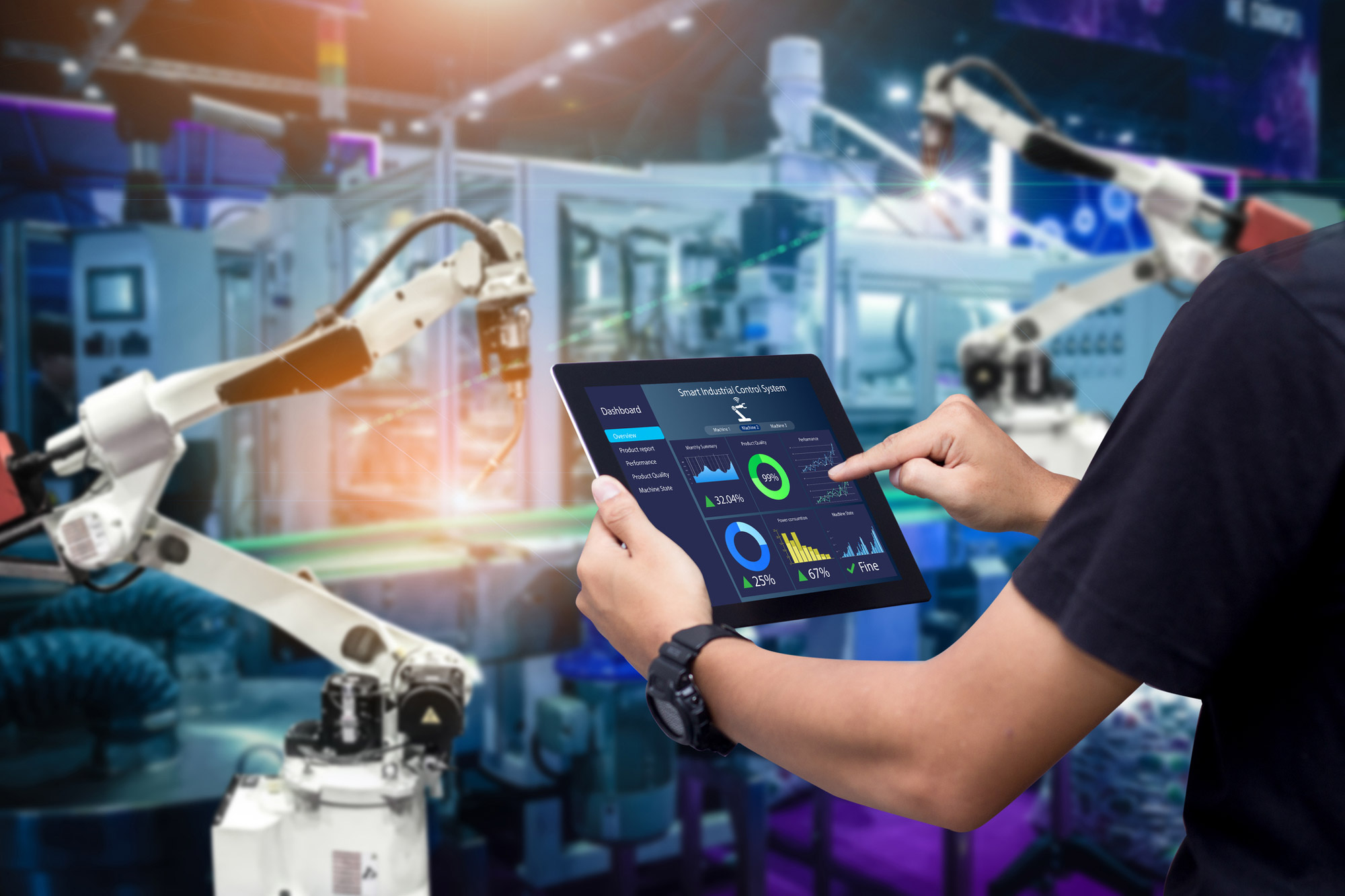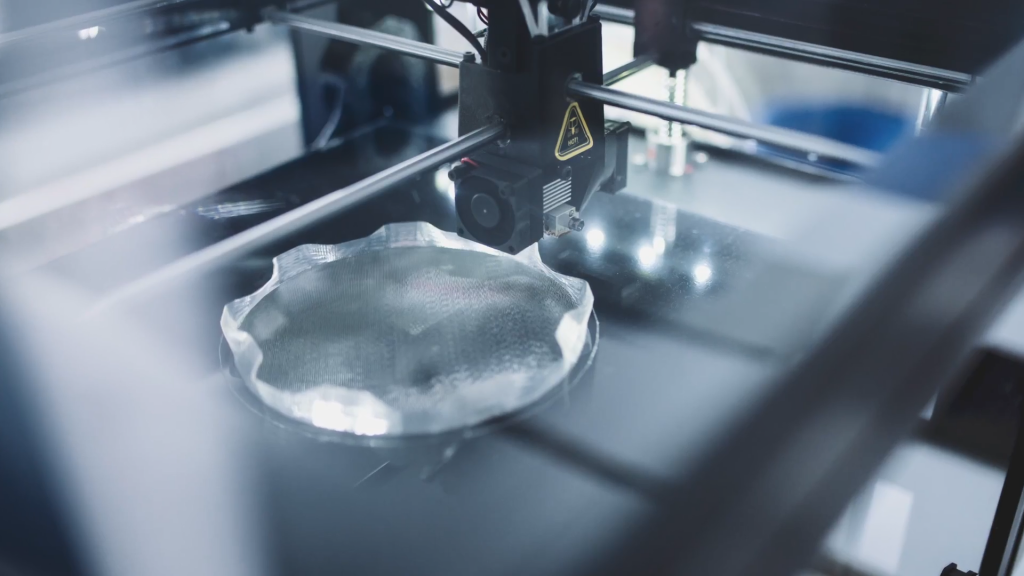Covid-19 Impact on Construction and Infrastructure & Equipment Industry
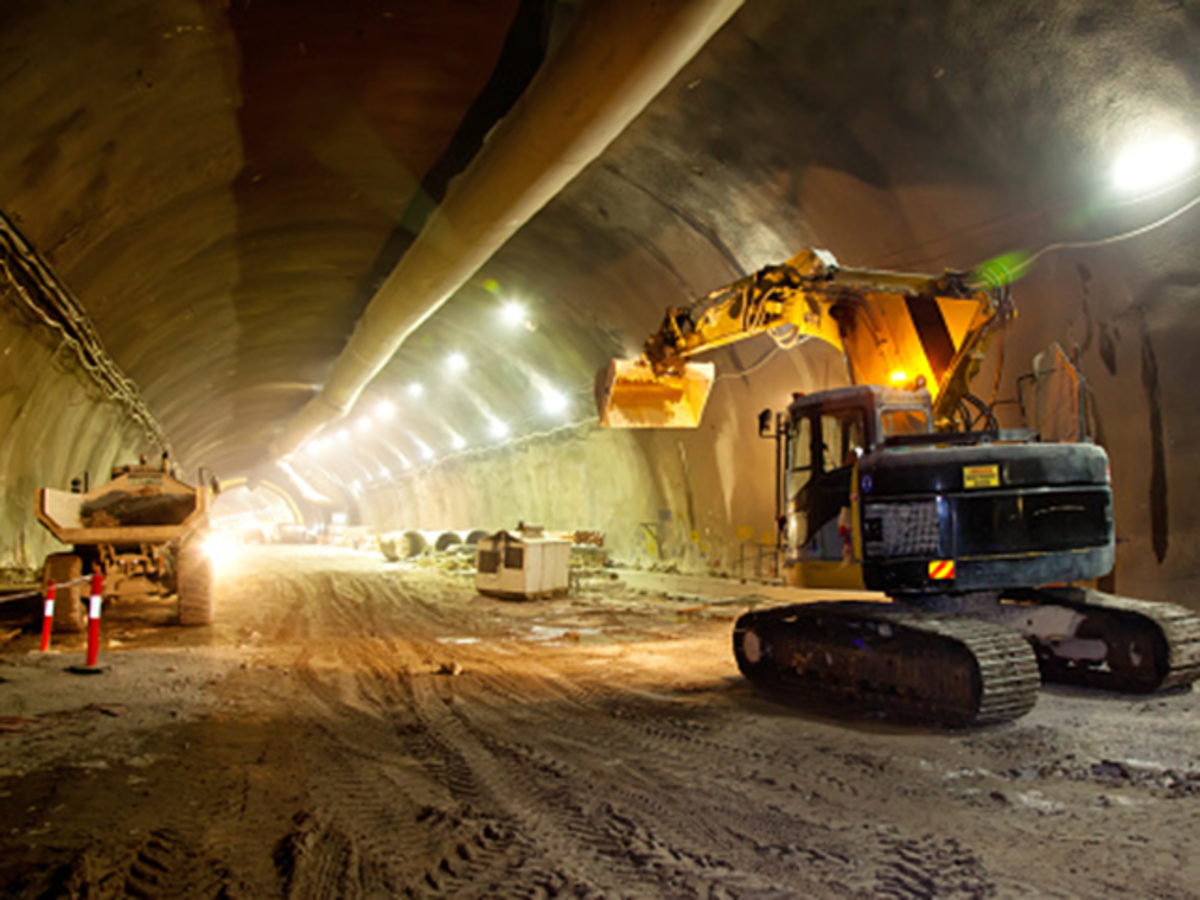
“The COVID-19 epidemic affects nearly all commercial, economic and social activity. Similarly, there is no difference between the building and engineering industries, they both suffer from the crisis. In order to stop the spread of this sickness, the building work has temporarily ceased to take into account the worries of construction employees. Building industries thus gain only losses that have an impact on the world economy.”
The transit infrastructure that disrupted material delivery has also been disrupted. Many building enterprises have experienced a financial recession, thus companies lay down many of their employees. The building business, overall, has turned terribly.
Impacts of COVID-19 on the construction sector
There is an increase in the number of COVID-19 victims every day, which also affects the building business. The supply chain is affected by government locks, job shortages, businesses enduring economic recessions, and difficulties in maintaining different contracts.
Supply chain management
In several parts of the world, the supply chain has been interrupted. Various building supplies are necessary, but they do not reach the building site externally, which hinders the construction of the building.
These things cannot be achieved using different materials from different industries in the country or outside, through diverse building vehicles. Not all vehicles can lock since the necessary materials do not arrive thus the work is done. The building industry was not only shut down but also hurt the livelihoods of those who brought such goods to cars and also lost a lot of money in the industries that produce all of these materials since they were not available for sale.
Problem of transport
Transportation companies must ensure that transportation networks can continue to operate during the lockdown, establishing a balance between decreased operations and enough capacity for important staff to adopt social separation. In light of lower revenue, longer-term investment initiatives may need to be replanned and prioritized.
Scarcity in labor
First, because the transport system is fully closed, the workers are unable to access their workplaces. Secondly, viral infection causes the condition, which makes employees more likely to spread the disease when they come in contact. Many workers are therefore not prepared to go to work without external protection.
Short- and long-term trends
Initial evidence suggests that several of the features of a COVID-19 pandemic lead to or increase certain disturbances. We predict longer-term trends to accelerate as new methods of living and working become standard, as well as urgent trends.
Short term: Increased digitization. Industry-wide organizations move on to remote working methods. For example, designers and engineers use more digital technologies such as information building modeling (BIM). In order to replant and optimize timelines, leading engineers and contractors use simulation 4D and 5D. Integrated digital-twin solutions from project design to commissioning will be developed end-to-end
Short term: Strengthened resilience supply chains (versus efficiency). Build inventories, secure crucial goods and things of long-term importance, and locate alternate suppliers for contractors.
Long-term: Players aim to consolidate and promote investment in IT, talent, R&D, and technology in order to achieve economies of scale. In addition, corporations and investors are more and more concerned to consolidate their financial sheets with the necessary robustness.
Vertical integration: Long duration. Increasing efficiency and standardization and control of the design and execution already starts integrating industry players vertically. Vertical integration is a potential route in the post-crisis world, which can entail a return to increased dependence on direct labor. This is the case in industrial asset classes, where equipment manufacturers try to integrate into the value chain and frequently go from construction to industrial assemblies. And numerous vertically integrated actors with new business models emerge in the real estate market.
Long-term: Further investments in building system technology or digitalization and innovation. Prior to the crisis, the industry had a lack of competent employees. Fach talent shortages are becoming increasingly more serious with the likelihood of rolling out physique dissociation measures and limiting the trans-border labor migration. This situation is even stronger for digital technologies, which have shown themselves as increasing productivity, such as 4D simulation, digital workflow management, real-time progress monitoring, and advanced planning optimization. For similar reasons, research and development expenditure for the development and automation of design and construction elements are increased to produce new standardized building systems
In a society that involves close handling of the mobility and interaction of workers, building in controlled environments is even more meaningful. Such a justification reinforces more than the existing quality and speed advantages for offshore building. In reality, we predict that contractors will steadily increase their variety of prefabricated subassemblies and manufacturers’ offsite manufacturing.
Governments can boost the economy by promoting steps to meet carbon reduction targets, such as upgrading the stock of dwellings to boost efficiency. Such incentives could take the form of a combination of policy changes and direct government funding. Parallel demand for sustainable buildings and communities that encourage healthy lives is expected (such as access to local amenities and outdoor space, higher standards on air quality, and recycled and sustainable materials).
The next typical reimagination
Across all businesses, it has become evident that, as we go past the COVID-19 crisis to the next normal, the world will look different. When industry leaders look at how to steer this crisis and survive and prosper in their next normal phase, we recommend five phases of action: resolution, resilience, return, reimagination and reform. Reimagination, in particular, can assist ECB officials to overcome the immediate crisis and planning for the future norm.
ECB enterprises focused on the first two steps in the first weeks of the crisis: fixing immediate challenges and creating resilience in the next few months. Sites are starting to open again in some places and ECB players are restarting work. This requires a delicate balance: safeguarding the health of workers, complying with local legislation, and managing interactions between customers and suppliers and agreements, all while striving for a level of productivity and financial stability.
The majority of ECB companies aren't at risk – and will not be for months – but it's now time to reconsider our sector and how organizations will emerge from a position of strength in their next normal situation.
Remedial Measures
Coronavirus has caused uncertainty worldwide. Work in all building industries has stopped and the economy is going downhill in nearly every country. Some remediation actions must be implemented against this sickness in order to revitalize the building sector.
Maintaining social distance
The sickness is passed on from person to person therefore numerous workers cannot be collected in one spot. It is therefore required to work within a sufficient distance between two people in accordance with government norms and regulations. In the office, it is necessary to extend the spacing between the two seats.
Wear equipment for safety
While you need safety devices such as helmets, safety footwear, and so on when working in the construction sector, safety equipment is the equipment needed to protect you against transmission of the disease. Workers, therefore, have to wear masks in order to protect themselves. Workers must also wear gloves on their hands, personal protective equipment (PPE) on their bodies and worker must keep sanitizer. Sanitizer must be used from time to time to keep hands clean.
Make sure you adopt all precautions
Workers who live distant from the building site will also come to work after the company launch. Now they can't journey every day from home because the cars don't go that way. Therefore, when dealing with firms, companies ought to arrange accommodation. Those places must be sufficiently clean and cleaned each day. They should also be given at least two meals a day by companies. Furthermore, workers in their place of residence should preserve social separation.
Major Market Highlights:
- In order to decrease concerns of COVID-19 spread, Bechtel takes significant procedures. However, many employees are reluctant to face COVID-19 exposure. Even at open sites, absenteeism among the workforce is high. As a result, the organization develops extensive testing and tracking capabilities in order to enable workers to return to work.
- Balfour Beatty has taken a comprehensive variety of preventive measures, particularly at the plant level that was deployed during the crisis and that helps Balfour Beatty sustain the supply chain. The organization has been successful in fulfilling contractual obligations without interruptions or substantial delays despite an increase in demand, a shortfall in raw materials, and logistical obstacles. The strategic building companies operate in the United Kingdom with decreased capacity.
- In Wuhan, CSCEC instantly constructed two hospitals over 10 to 12 days in the middle of a global pandemic. On February 3, 2020, a 1.000-bed hospital in Huoshenshan, while on February 5, 2020, Leishenshan, a 1600-bed hospital was finished.
- Without jeopardizing outbreak prevention and control, CSCEC has consistently been building projects both in Wuhan and throughout the Hubei Province. In March 2020, the project North Fourth Ring Road was launched on Wuhan.
- The 20 megawatts (MWAC) Odom Solar Farms, located near Moultrie, Colquitt County, a rural village in South-west Georgia, was initiated in collaboration with PCL Construction Services, Inc. and Silicon Ranch Corporation. Silicon Ranch Corporation has picked PCL as an Engineer-Procure-Construct (EPC) contractor for the project as one of the leading independent solar power manufacturers in the country.
Conclusion
There has been great damage to society from the COVID-19 pandemic. The society and the economy of all countries have been affected. The sickness spreads so quickly that the authorities were obliged to lock it. This lockdown has shut down all transport systems, interrupted supply chains, and prevented workers from going home even to the building site.
That is why construction activity stopped, and building workers likewise suffered severe uncertainty. Building companies, therefore, face a financial recession. Companies must begin to work again to end the financial crisis.
Therefore, everybody should return to work on the WHO and government guidelines. Construction companies must take the required procedures to remedy their employees. Companies must be careful whether new technology or software can be easily worked and whether the majority of work can be done in their native country. The government should ask the construction company to continue its deliberate work. Work should therefore continue till the situation gets normal or the vaccination is released. It should be recognized and continued by other groups, and not simply the building industry, to strengthen the economy and reduce unemployment.


